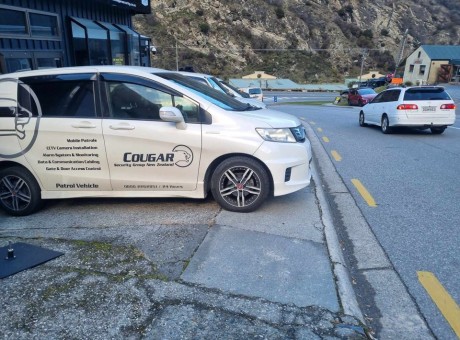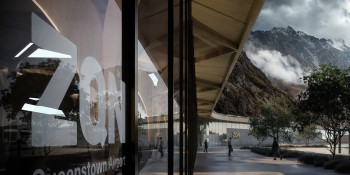Tech-savvy buoys floated on Lakes Wānaka and Whakatipu
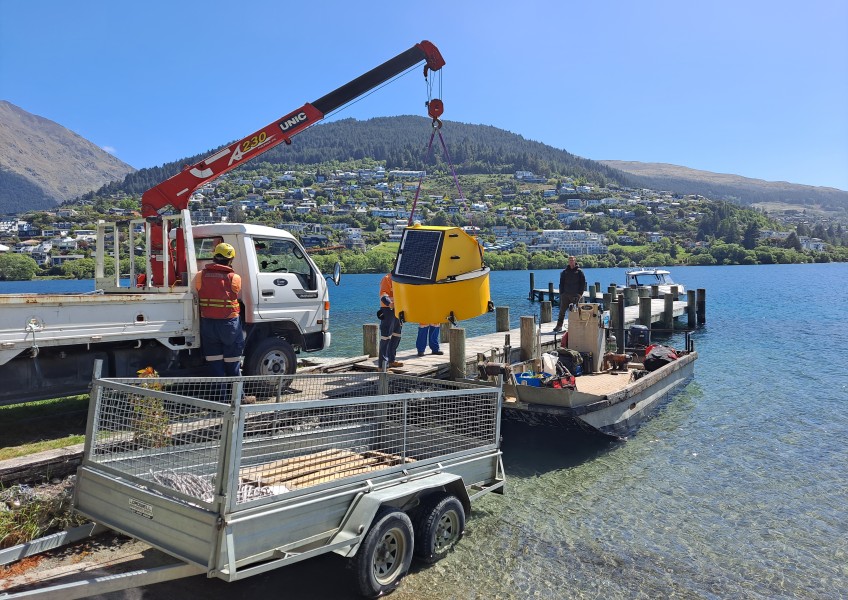
A tech-savvy buoy is set to be floated on Lake Wānaka today that will monitor how healthy, or not, the lake water is.
The monitoring device is one of two being deployed by environmental watchdog the Otago Regional Council this week in the Queenstown Lakes District.
The other, on Lake Whakatipu, was launched on Wednesday.
Both buoys will float in permanent moorings - in Wānaka, at the mouth of Roys Bay, and in Queenstown, approximately 500 metres offshore from Island Spur on Cecil Peak and 1.8 kilometres east of Hidden Island.
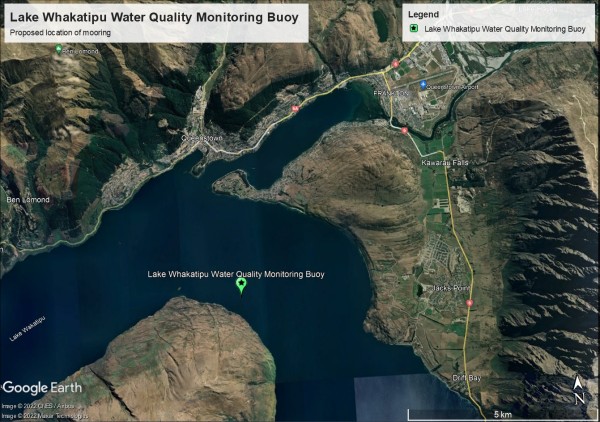 |
 |
The buoys weigh between 120 and 150 kilograms and are 1200 millimetres in diameter by about the same height, above the water.
The Wānaka buoy will be floating about its mooring in approximately 220 metres of water, the Queenstown one, in 350 metres.
In a statement to media today, the ORC lakes scientist Hugo Borges says it's likely the pair are the deepest tethered freshwater quality monitoring buoys in the country.
“They’ll become a key part of our overall lakes monitoring programmes focused on monitoring water quality,” he says.
The buoys, manufactured in Cambridge by Limnotrack Ltd, operate entirely remotely and will transmit data to ORC databases in near real-time.
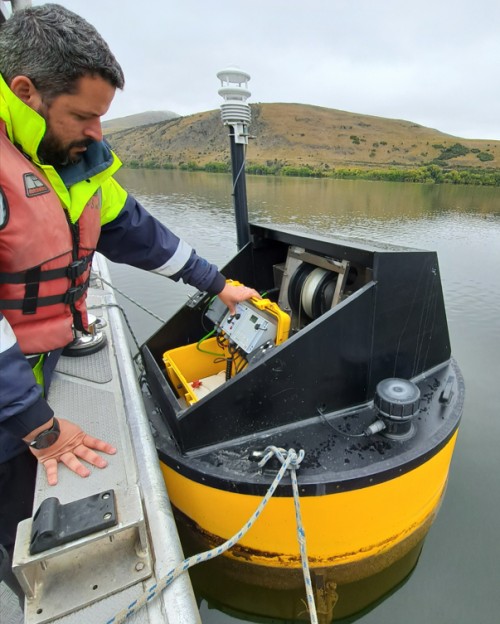
Two new floating buoys, similar to the one pictured, will working on Lakes Wānaka and Whakatipu from this week, delivering real-time water quality data to the ORC - and the public will be able to check out the information collected too.
The buoys will be checking up on water oxygen levels, algae growth, water temperature, conductivity, and lake-water clarity.
Solar powered, an electric inch will lower and raise a water quality sensor several times a day to measure water quality parameters at different depths throughout the water column down to the 120 metres.
An additional oxygen and temperature sensor will also be deployed near the lakebed from which data will be collected periodically.
Mr Borges says the resulting data sets are valuable and will allow ORC scientists to monitor changes in the water over time, as well as during one-off events, like storms.
“The chosen sites in these nationally significant water bodies will provide us with baseline monitoring, to assess changes in the lakes due to climate change, or other factors such as catchment development."
Lake users to benefit from 'real-time' monitoring
But it's not just the ORC's scientists that will be able to access the data.
Soon, it will be made available to members of the public as well as universities, environmental organisations and other researchers.
Another plus for local lake users: on top each buoy is a a meteorological station, able to relay near real-time date on weather conditions.
“A weather station mounted on the buoy will also provide near real-time data on meteorological parameters,” Mr Borges says.
Give them room
The three-point mooring system tethering the new buoys has been designed by Christchurch engineering company Offshore and Coastal Engineering Ltd, who are specialists in deep water mooring systems.
They will also manage the construction and installation of the moorings along with their specialist marine construction sub-contractor Sub Aqua Solutions Ltd, with local boat support from Southern Monitoring Services Ltd.
The particular mooring set-up is needed to protect and allow for the function of the winch-operated profiling sensors directly below the buoys - each buoy is held in place by three cylindrical spar buoys which are anchored to the lakebed.
It's taking one to two days, and three separate boats, to install the mooring systems and monitoring buoys.
It is recommended anyone out on the lakes stay at least 50 metres away from the monitoring and marker buoys, to avoid any disturbance of the mooring system.
For navigation purposes, the buoys will have LED beacons and marks.

A crew works to deploy a tech-savvy buoy on Lake Whakatipu this week to monitor lake conditions.
Earlier buoy deployment in Lake Hayes
It's not the first Limnotrack buoy to be used by the ORC in the district - there's one in place at Lake Hayes, at a depth of 30 metres, which has been operating since July 2019.
As a result of a review of the ORC’s environmental monitoring programmes, at least one more buoy is being considered for deployment to Lake Hāwea, during the 2022-2023 financial year.
The Limnotrack system is a specialist bespoke product developed and supported in New Zealand and is adaptable to different conditions.
“This has allowed us to see the stratification in the [Lake Hayes] water column every summer, where we’ve been able to see algal blooms developing,” Mr Borges says.
Despite the fully autonomous operation of the buoy system, they require regular maintenance and verification of the data through comparison with manually collected and laboratory analysed samples.
This work will be undertaken by the an ORC environmental technician, who's based in Queenstown.
The two new buoys are being leased from Limnotrack for the first two years, with the lease arrangement includes technical support.
Mr Borges says this arrangement may be reviewed in the future.
Crux has asked the ORC for details on the cost of the buoys, their deployment and ongoing operations costs.
A spokesperson says the budget to get the two lake buoys out in the water was $150,000, with the ongoing annual leasing costs commercially sensitive, so unavailable.
More than a dozen Limnotrack buoys have been deployed around the country, including for regional and district councils, Fish & Game councils, energy companies, private trusts, and landowners, the company says.
The ORC intends to operate the buoys permanently as a part of its long-term State of the Environment monitoring programmes.
But, as technology develops, the methods of monitoring may change.
The ORC has a 35-year resource consent from the Queenstown Lakes District Council for the buoys and moorings along with licences from Land Information New Zealand for use of the lake beds.
Main image (Supplied): A real-time water quality monitoring buoy is prepared for floating on Lake Whakatipu, Wednesday, November 9.






